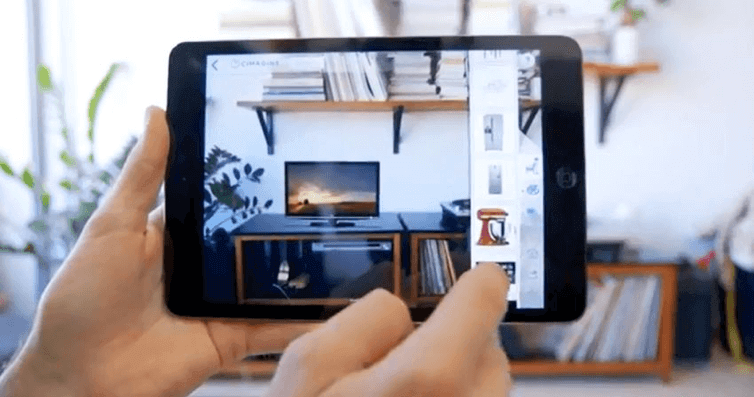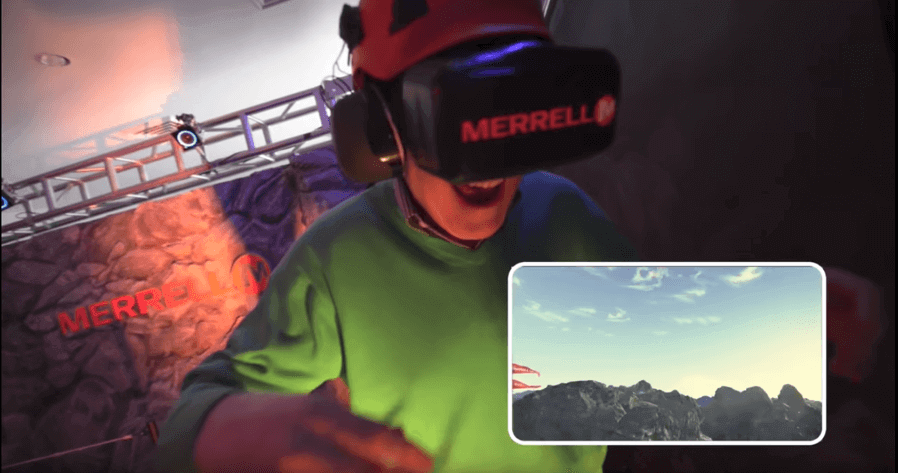Making one of its biggest splashes in mainstream via Pokémon Go, augmented reality (AR) has given businesses lots of new ways to market and provide value to customers. If you weren’t one of the many Pokémon masters-to-be running all over town trying to find a Charizard last summer, AR is simply superimposing a computer-generated image into a real space usually via a smartphone. For now, it’s still mostly used to make bigger decisions like what color to paint your house or what furniture looks good in your space. Another cool new use comes from Snapchat launching AR artwork. This could be the next step in marketing territory as well if there is enough incentive for users to visit these AR spaces and advertisers can insert some messaging here.

As for virtual reality (VR), it is creating a full computer-generated space where users will experience the space in the first person as the images they see react to their real-life movements such as walking forward or turning their head. Google has created a very affordable version of this using simple cardboard boxes, plastic lenses, and a place to rest the user’s smartphone. McDonald’s replicated this by creating a way for consumers to turn their famous Happy Meal box into what they call Happy Goggles. Users would then insert a smart phone and play McDonald’s VR ski game endorsed by the Swedish National Ski Team. A more advanced version of VR is demonstrated by outdoor apparel company Merrell who created a multi-sensory virtual hike for people to test their latest high-performance hiking footwear.

Possibilities are endless for utilizing these new technologies. What if a company could create a fun AR scavenger hunt for discounts or promos for products? What if a theme park or resort could create a thorough VR experience to entice users to come and check out the full experience with the real 60 MPH winds of a roaring roller-coaster or the feeling of squishing your toes on a beautiful soft-sanded beach? It’s estimated that 171 million people will be active VR users by 2018. Once you get a good grasp of what these new technologies are, you should embrace them and get creative. You never know what the next big idea will be!
